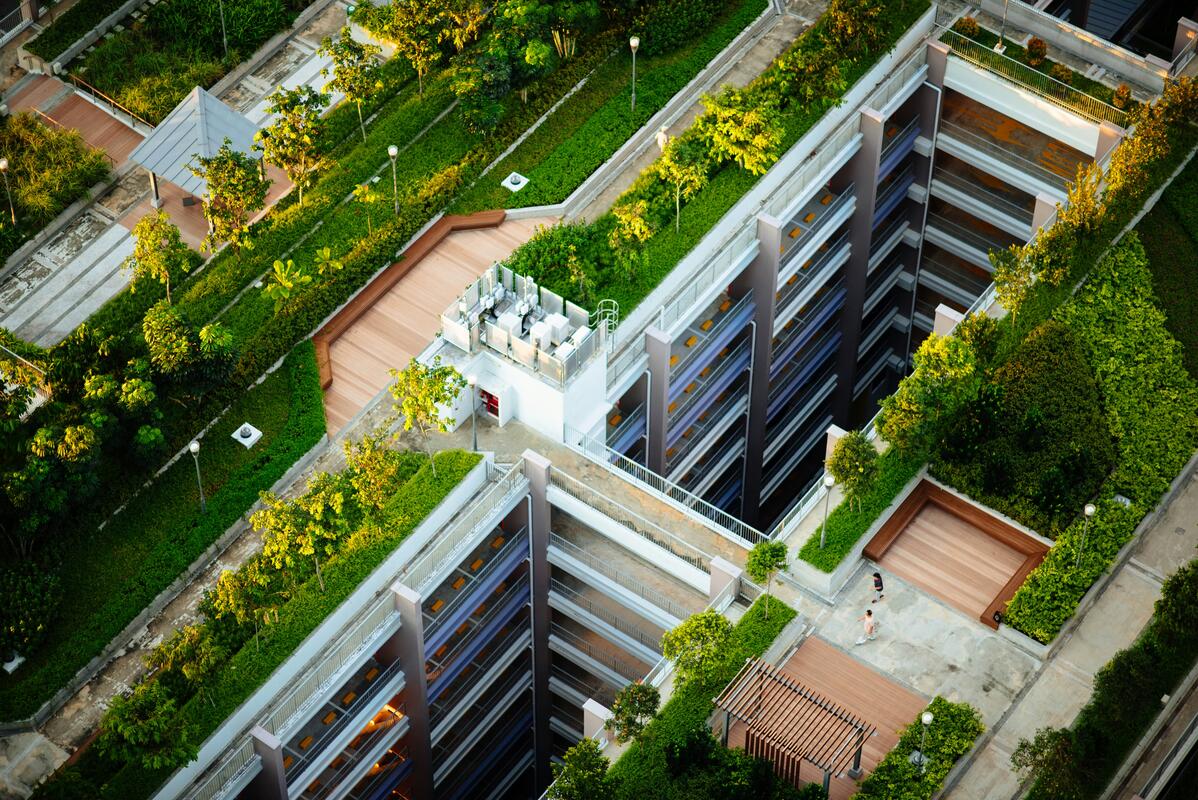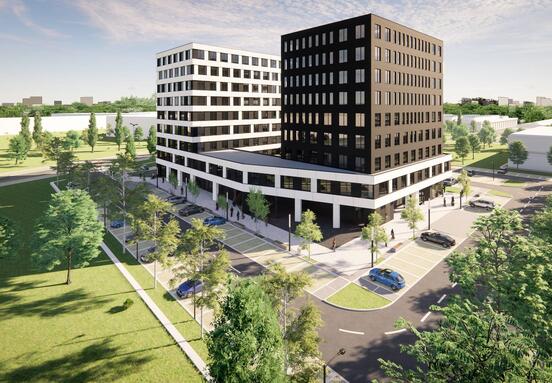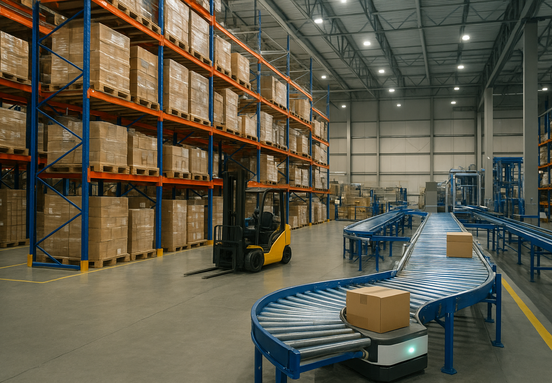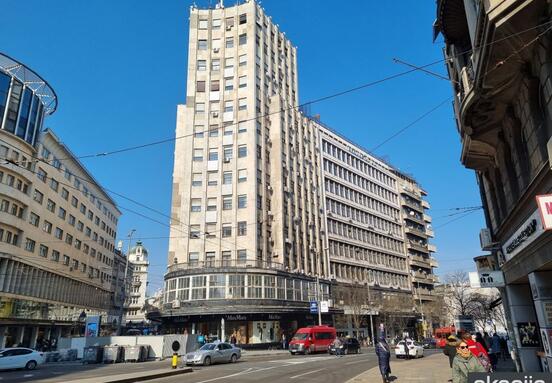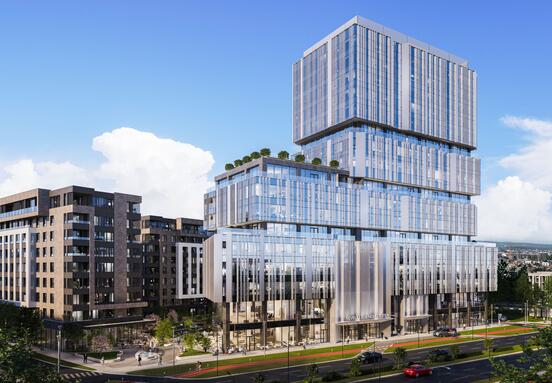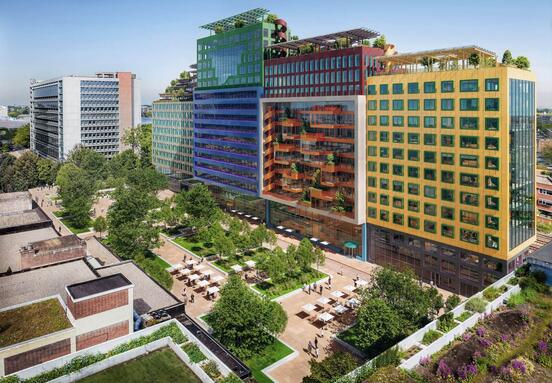But what exactly does ESG mean in the context of commercial real estate? And how is it shaping supply, demand, and advertising?
E – Environmental: Energy Efficiency and Sustainability as a Standard
Tenants and buyers are increasingly demanding buildings that are energy-efficient, with optimized heating, cooling, and ventilation systems, LED lighting, and recycling options.
Green buildings with certifications such as LEED or BREEAM not only use fewer resources but also:
-
attract serious, long-term tenants,
-
achieve higher rental rates,
-
offer lower operational costs.
In Serbia, demand for energy-efficient buildings is on the rise — both from foreign investors and local companies looking to modernize their operations.
S – Social: Creating a Healthy and Productive Work Environment
More and more companies — especially in IT, finance, and creative industries — are seeking office spaces that offer:
-
natural lighting,
-
good acoustics,
-
clean air and ventilation,
-
relaxation and break zones,
-
access to bike paths and public transportation.
In this context, a building is no longer just a shell — it becomes a tool for productivity and employee well-being, which directly influences leasing decisions.
G – Governance: Transparent and Responsible Property Management
Investors and tenants are increasingly evaluating how a property is managed:
-
Is maintenance regular and transparent?
-
Are investments being made in safety, digital infrastructure, and waste management?
-
Is the owner compliant with applicable laws and professional standards?
This is especially important for EU-based tenants who follow internal ESG guidelines.
How ESG Is Changing the Market
-
For property owners: ESG standards are becoming a competitive advantage. Upgrading buildings toward more sustainable models can increase value and attract higher-quality tenants.
-
For tenants: ESG-friendly buildings have become part of employer branding — especially for attracting young, educated professionals.
-
For investors: Properties with ESG potential are better positioned for evaluation and financing.
-
For real estate platforms and advertising: ESG features are becoming key selling points in listings. Terms like “green building,” “energy-efficient office,” or “LEED-certified” are increasingly used in search filters.
ESG is no longer a trend — it's the new standard in commercial real estate. Although Serbia is still catching up, all market participants — from developers and landlords to advertisers and fit-out companies — must acknowledge the growing importance of ESG to remain competitive.
Investing in sustainability, employee wellbeing, and transparent management today leads to higher value, stronger demand, and more secure revenue tomorrow — and now is the time to embrace the shift.
